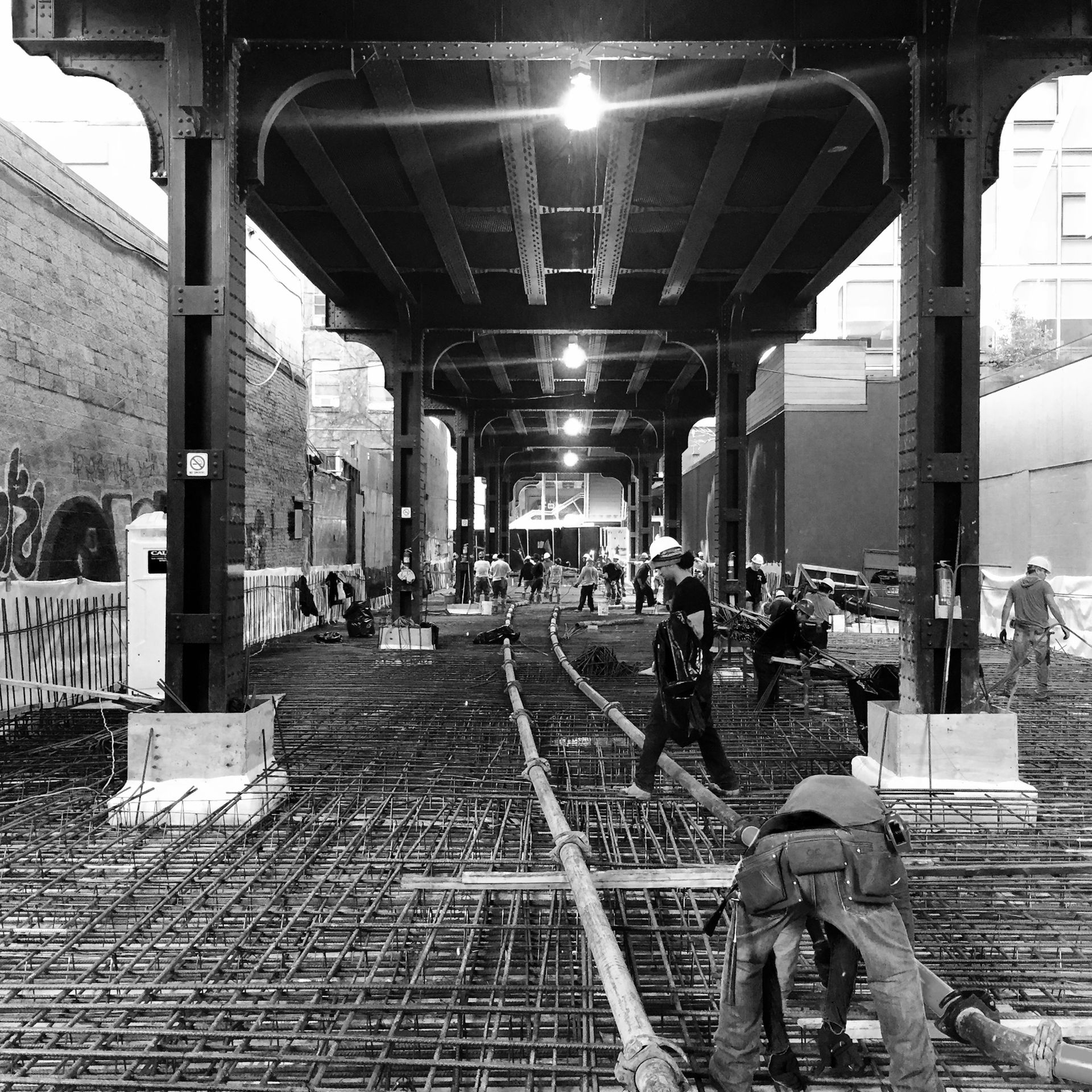London’s Lisson Gallery is scheduled to open its first New York location on 3 May. Due to occupy an entire block in the Chelsea neighbourhood in Manhattan, the 8,500 sq ft. space is led by Alex Logsdail, the son of the British art dealer Nicholas Logsdail, who founded the gallery in 1967 and pioneered then-emerging artists like Yoko Ono. With its American debut, the gallery aims to continue its trajectory to “make artists, not follow them”, Alex Logsdail said during a press briefing on Monday, 8 February.
The opening show will focus on recent paintings by the Cuba-born, New York-based artist Carmen Herrera (3 May-5 June), which will coincide with the artist’s 101st birthday and serve as a teaser for a career retrospective at the Whitney Museum this autumn. This is followed by the first solo exhibition in the US for the Ghana-born British film-maker and artist John Akomfrah (1 July-12 August), which will include a recent work, an exhibition of the British conceptual artist Ryan Gander (16 September-15 October), and new works by the Chinese activist-artist Ai Weiwei to be shown later in the year (5 November-16 December).
The expansion to the US is a long-awaited step for the gallery. In the early 1970s, Nicholas Logsdail often recruited New York artists, such as Dan Graham and Sol LeWitt, and introduced their work to European audiences. Although Lisson bought a slice of New York real estate on Eldridge Street in the Lower East Side more than 30 years ago, it has never been used a public gallery and will now continue to serve as an off-site office. “It took a couple of years to find a [space that was] really suitable”, Alex Logsdail says. “And, we looked everywhere—all over town.”

The gallery eventually commissioned the architecture and design firms studioMDA and Studio Christian Wassmann to construct a wholly new building on an empty lot under the High Line, the elevated park built on abandoned railroad tracks. The result is a gallery stretching across 23rd to 24th Streets with 16 ft-high ceilings and two large skylights on either end. Because of the damage caused by Superstorm Sandy to the neighbourhood’s art spaces in 2012, the blueprints purposefully excluded a basement room. “We didn’t feel like having an underground swimming pool”, Alex Logsdail says.

